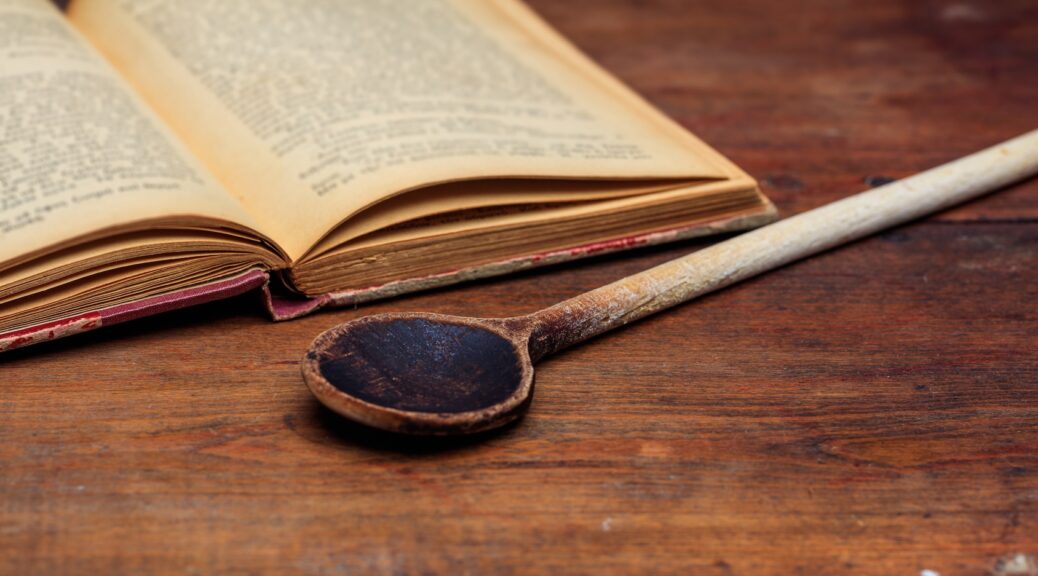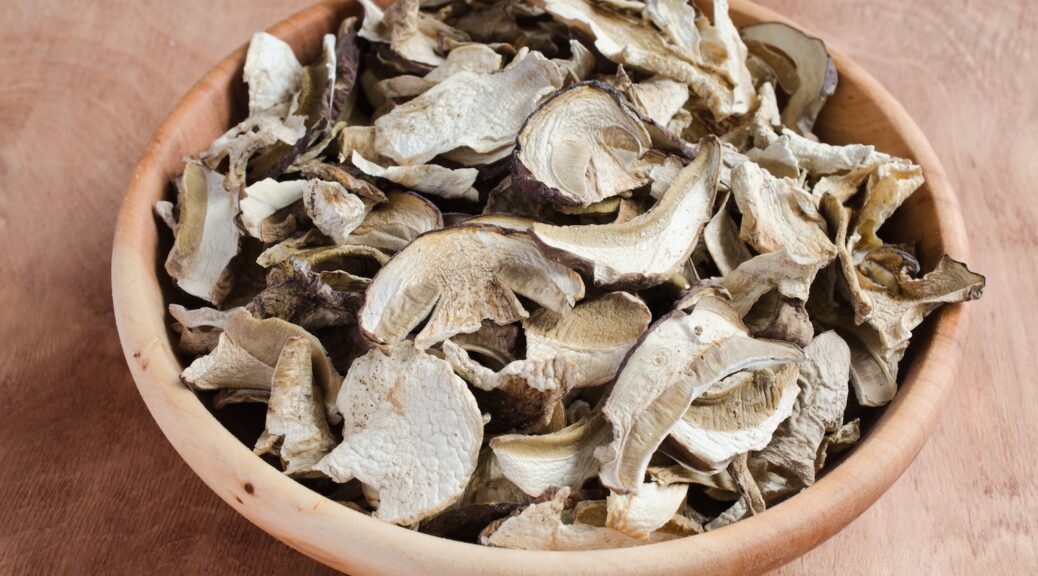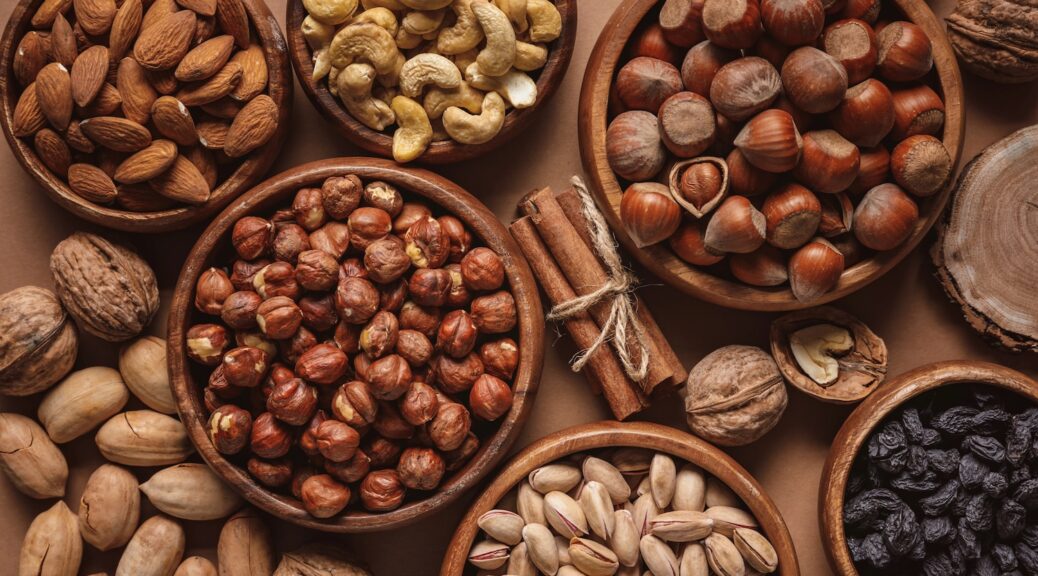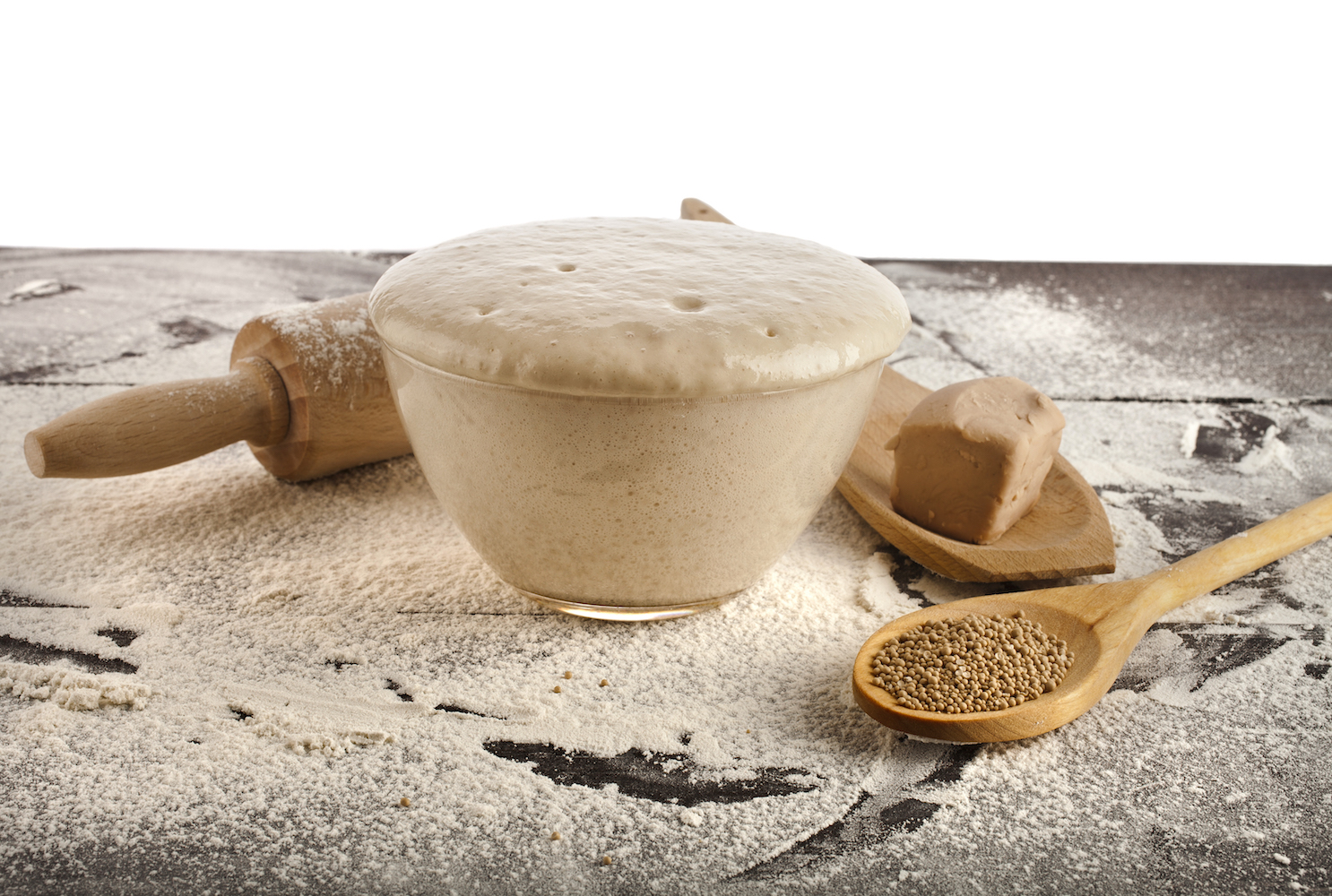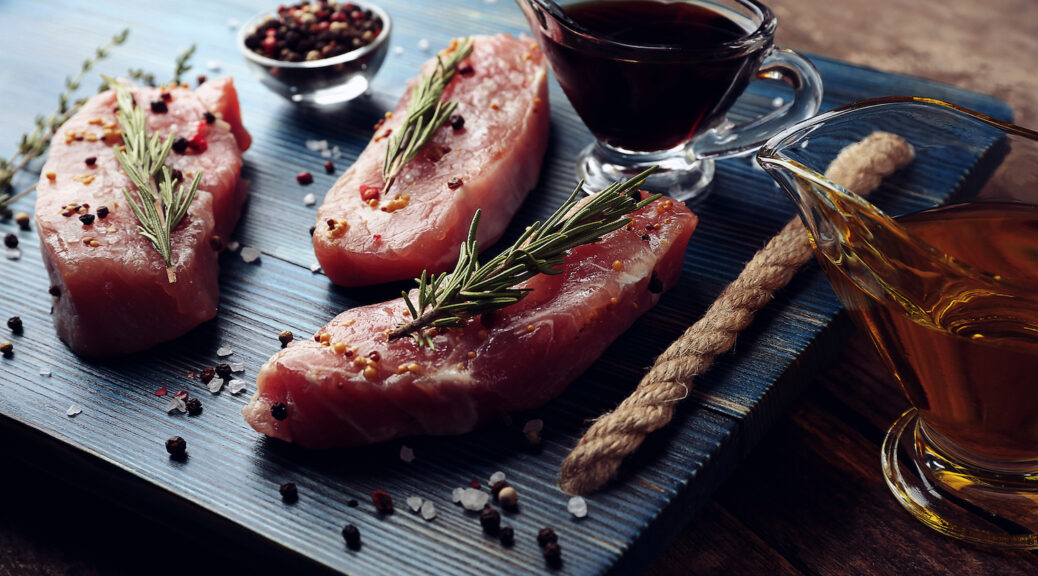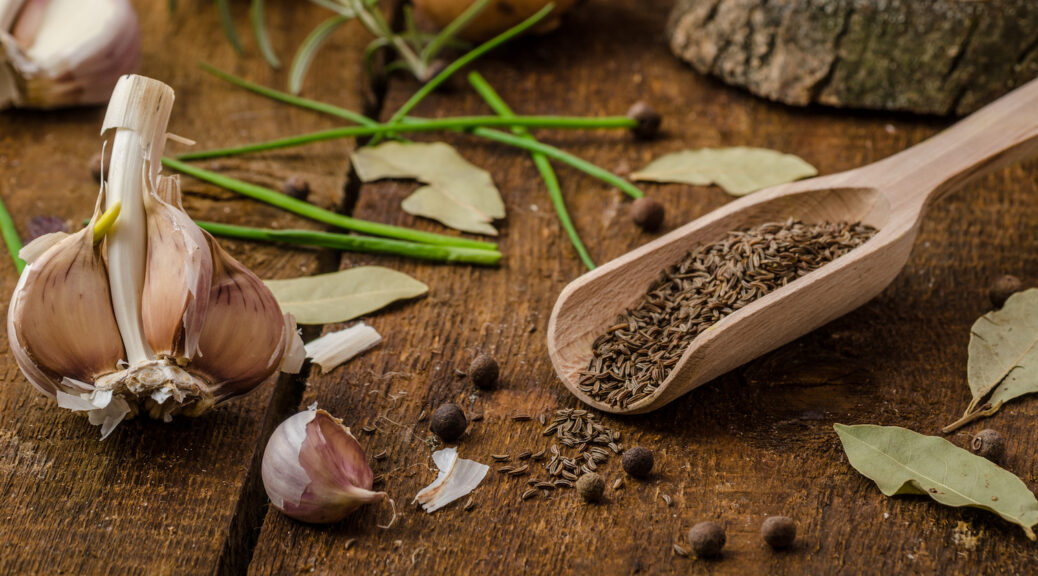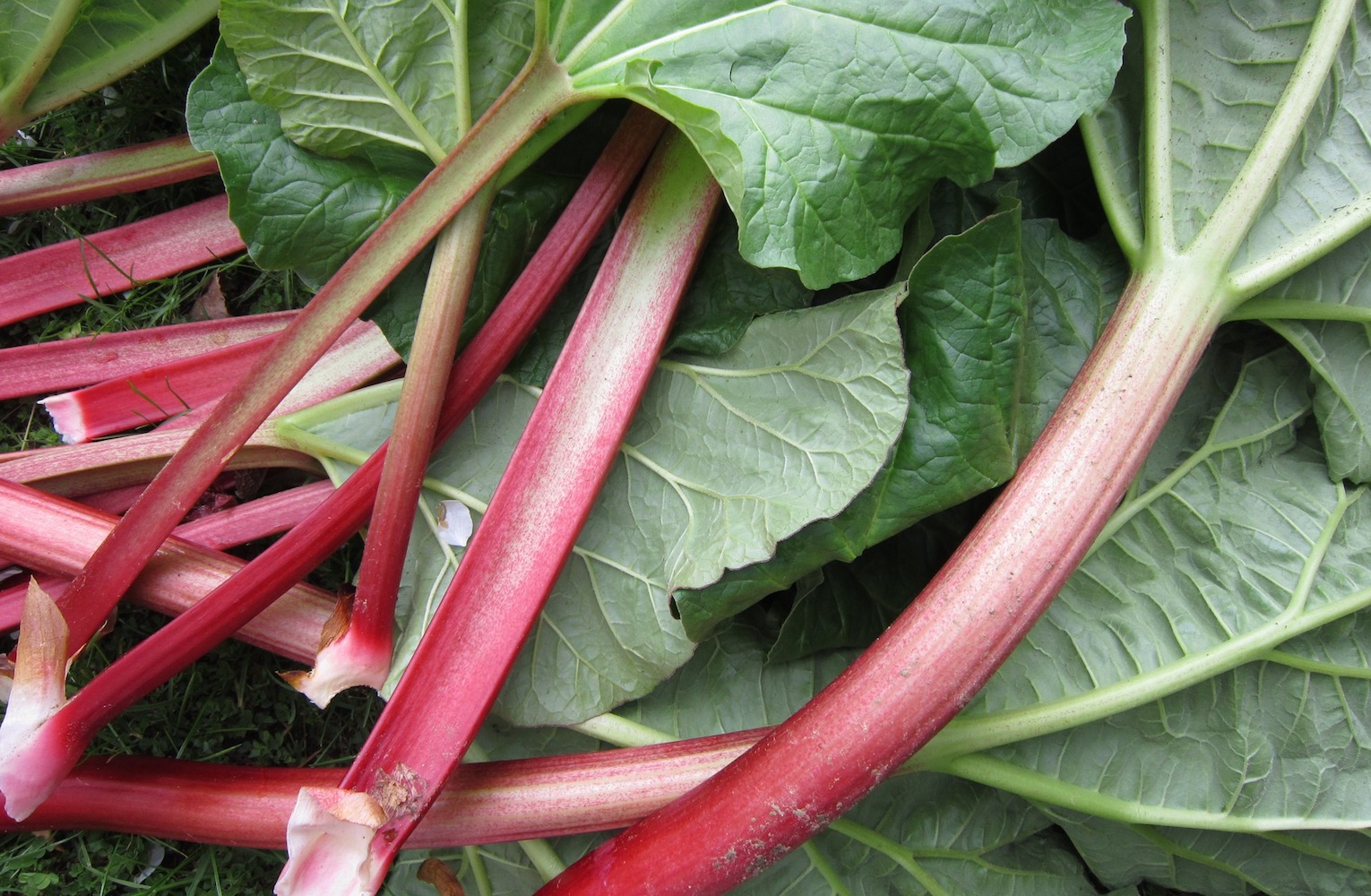Cooking Hints and Advice from the 1800s
Most cookbooks published in the 1800s also contained cooking and household advice along with their recipes. Remember that these were the days before electricity and refrigeration in homes. Some of the advice may not be recommended today according to modern food safety standards, but I find them interesting to read. COOKING ADVICE BELOW COMPILED FROM 1800s COOKBOOKS To keep pie bottoms dry after baking a squash or pumpkin pie, never put it on a flat surface. Set it on a…
